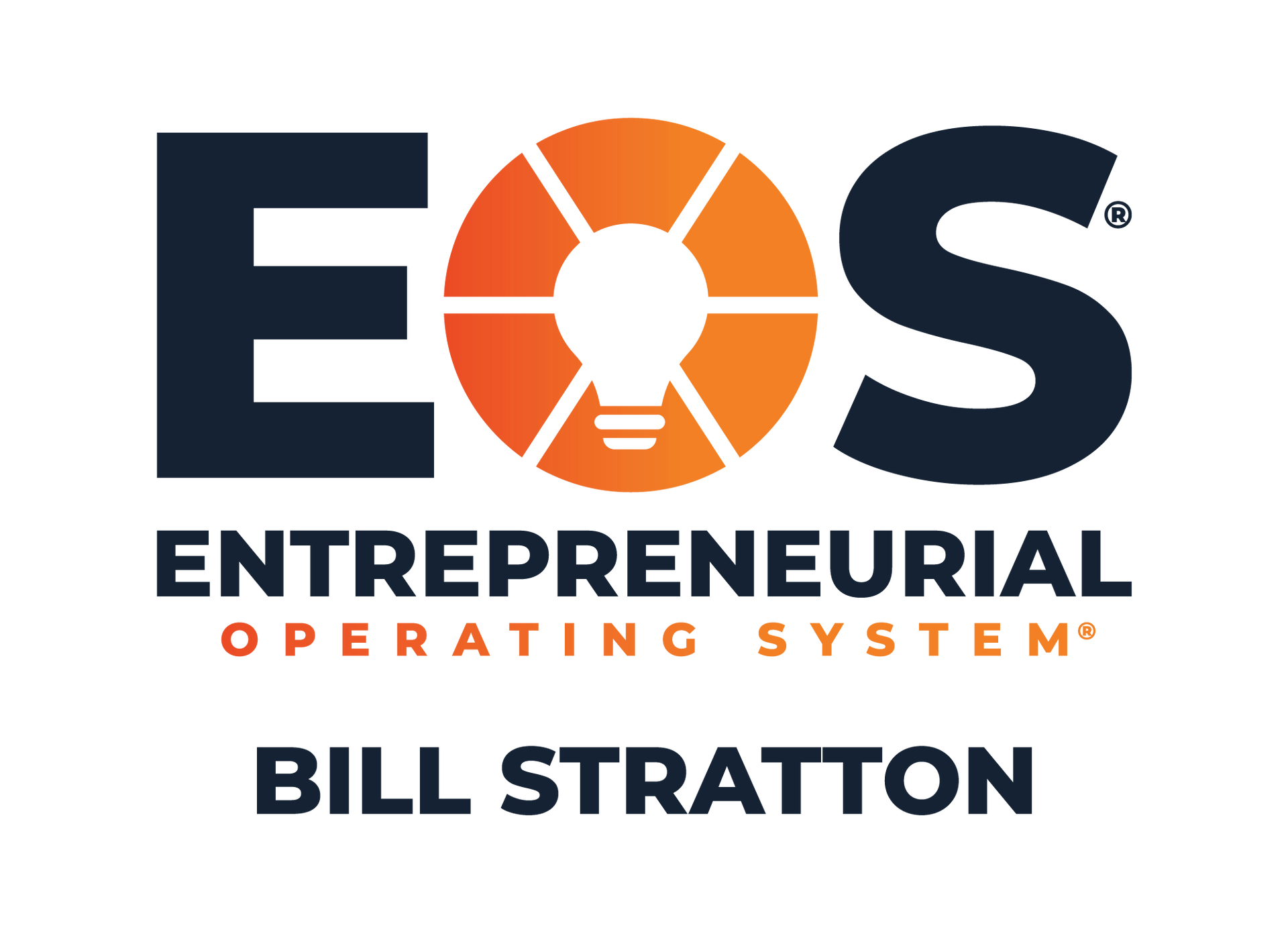Data Powered Profits
Data Powered Profits
Expert advice from Andrew Gaiennie of That Email Marketing Guy.
Data is a fun word. It is hard to sound smarter with fewer syllables than by tossing the word “data” somewhere into your conversations and with good reason! Our Internet reality both relies upon and generates in enormous quantities of information. Visiting websites create “cookies” that identify us to the browser, signing up for brand cards logs our visits to those stores and what we buy, walking through an automated door creates a foot traffic count, and of course every time we move, look at, or interact with our phones we create data that says something about ourselves. All of us participate in this sea of information and, with a little guidance, you can learn how to surf these waves.
Here is a bit of wisdom for all effective future marketers: “If you’re not measuring, you’re not marketing”. That’s good to know, but what is good to measure and what isn’t? Start with the end in mind. What is the thing you would want to see happen more? If you can measure that directly, then just do that. All the complexity that comes before that action is where people tend to get lost, so try to keep everything as simple as possible for as long as possible. When measuring this action, try to include the

What When Where
Sold a Stereo Friday, July 30th, 1030 123 Street Street, York
Here are some good tips for good data: 1) Notice how we have everything in a column; that the data is further separated (or delineated) but a consistent character (a comma) and we used military time instead of AM or PM; 2) Always be consistent! The information can be changed around, or formatted, at any time as long as it’s always created in a consistent way. This data has a combination of words and numbers that make sense to its author but may not to someone else; and 3) When it comes time to combine data sets to get a better picture, we’re going to need to convert everything into a single format. Always try to keep a note of “where” something happened. That will come in handy in surprising ways.
Nothing here is really that exciting yet. I know this isn’t going to get anyone dancing in their living rooms but this next part might. We talked about how to pick a thing to measure and how to make a record that we can keep and analyze over time, but what if we were actually generating a consistent record of data all the time? What if everyone was? And what if all that information and it’s breakdown by genius level doctorates was available freely to you right now? Are you excited? GOOD! Let’s look at a little billion-dollar company called ESRI.
ESRI is the big company running Big Data. And they have a tool anyone can use, for free. To start using this information, go to
Create account—ArcGIS Online Help | Documentation
And follow those instructions. If you get to the point of opening an account and making your first maps, go to ADD DATA and type in something you’d like to know. It exists, in some way, for you to see. My
favorite when I started was Household Income. As a business owner, being able to know who will buy from you depends a lot on lifestyle and location. With a map of how much the average household makes and where those groups are, you can get a good idea on where the people live that will want to buy from you. You can add in your own data as well and soon you’ll be able to see the pattern in the dots that show up on the map. If you are asking your audience for their address information, you can include that on the map too and see if what you think you know matches what’s there to see. The groups of points are “clusters”, which is creatively called a “cluster map”. You should be able to get an intuitive and analytical understanding about your marketplace that you didn’t have before. Congratulations! You are now a fledgling data-scientist!
There is a lot more to learn about how to get better, but with this as a starting point, you will begin to see improvements in whatever you’ve been measuring. For a quick review, let’s get some help from the graduates of North Eastern University
- Know your mission (Measure an action)
- Identify Your Data Sources (yourself, ESRI, other partners)
- Clean and Organize Your Data (format and use a spreadsheet)
- Perform Analysis (load the ESRI information along with your own on a map)
- Draw Conclusions (look at it and think about what you knew, learned, and what’s missing)
Data-Driven Decision Making: A Primer for Beginners (northeastern.edu)
Data is powerful stuff. Knowing exactly who, on average, will do what action when and where is pretty much as close to using the Teacher Guide to answer test questions as we’re ever going to get. If you would like to know more about how I use data and what mysterious kinds of information an expert like me would have access to, I hope you will join me for my seminar on April 19, 2022 and find out what an expert can show you.
"I don’t want to do business with those who don’t make a profit because they can give the best service." - Richard Bach
(This excerpt is taken from Andrew Gaiennie’s all-new seminar entitled Data-Powered Profits.) I encourage you to click here to register for Andrew Gaiennie’s live, in person Data-Powered Profits seminar on Thursday, May 19, 2022 from 9 AM to 12 noon Eastern Standard Time at the Comfort Suites in Manheim, PA. This event will also be available through live streaming.












